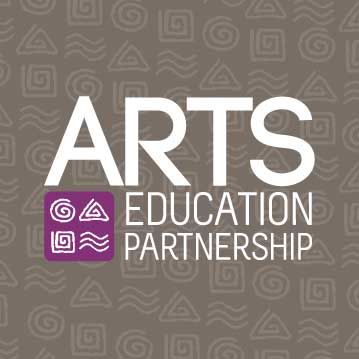
Visit any state education committee meeting or congressional town hall these days and you may hear a discussion about how policymakers are approaching the issue of educating today’s students for tomorrow’s workforce. In part buoyed by the Perkins reauthorization, state policymakers are examining their role and expanded flexibility in creating a seamless workforce development system that meets the need of both employees and employers. In recognition of CTE Month this February, the Arts Education Partnership has identified ways that states have begun to include the arts in CTE programs and generated questions to help state and district leaders, policymakers and stakeholders get started.
Arts education develops thinking skills and capacities that are key to success in the 21st century workforce by equipping students with creative, problem-solving abilities; building collaboration and communication skills; and developing leadership skills and capacity. These skills aren’t just for traditional K-12 classroom learning; districts incorporate these skills into CTE opportunities as well — through growing industries, including graphic design, media arts and film production.
In Perkins V, policymakers recognized the connection between the arts and CTE through the inclusion of a well-rounded education— which includes the arts and music as key components — and the addition of language that supports the integration of the arts and design skills as approaches to improve CTE. These new opportunities for the arts require robust stakeholder engagement, and local school districts must submit a plan based on a comprehensive needs assessment that details how the district will support a well-rounded education within CTE efforts.
A national framework of career clusters organizes Perkins V’s programs of study and includes a pathway for arts, A/V technology and communications, which includes such specialties as audio and video technology and film, printing technology, visual arts, performing arts, journalism and broadcasting, and telecommunications. States — such as Alabama, Florida, Iowa, Michigan and Texas — include the arts, A/V technology and communications career cluster within state regulations, and other states — such as Nebraska — include arts language in CTE regulations.
Interested in learning more about how the arts can play a role in educating tomorrow’s workforce through Perkins V CTE programs in your state? Here’s a list of questions to get started:
- What programs of study or career clusters are recognized by the state, and what career pathways have been developed?
- What is the process for conducting needs assessments at the district level? How are arts-related tools included? (The Opportunity to Learn standards created for dance, drama, music and the visual arts could serve as useful tools.)
- How much funding do districts receive for this grant program? Do opportunities exist to leverage funding from other sources to support this work?
The U.S. Department of Education Guide for the Submission of State Plans is currently under review and will soon be released in final form on the Perkins Collaborative Resource Network.













